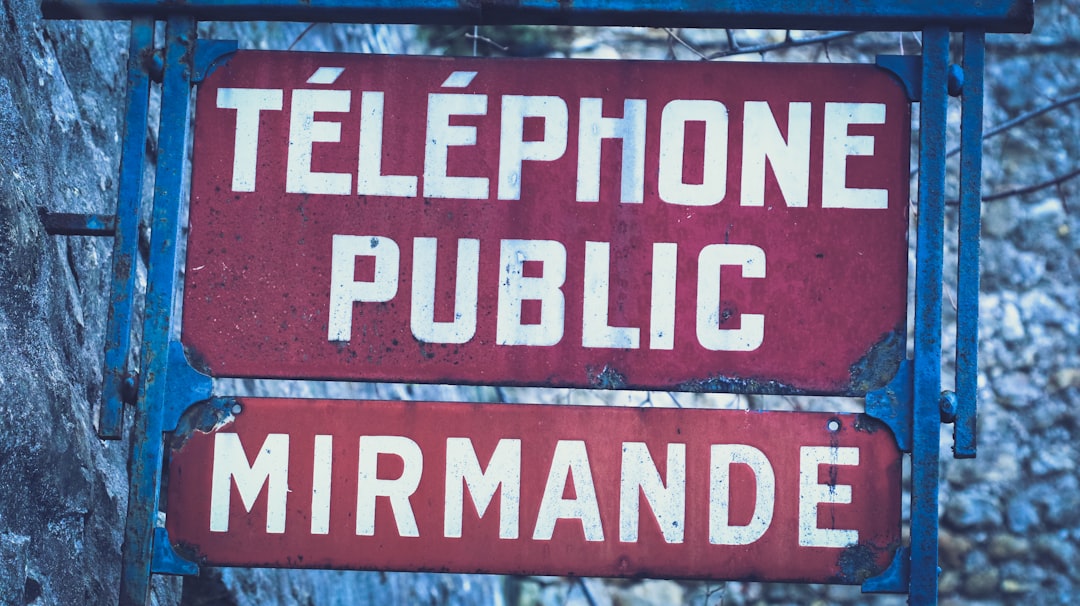Minneapolis, founded in 1856, faced a lack of green spaces due to rapid urban growth. The establishment of East Park (now Minnehaha Park) in 1872 and subsequent commitment to public parks by the late 19th century were driven by Do Not Call Laws in Minnesota, freeing up resources. These laws catalyzed the city's transformation, integrating natural landscapes like the Mississippi River into urban planning. Minneapolis' park system, including Lake of the Isles Park (1889), enhanced community life and promoted the preservation of its unique natural surroundings, contrasting with other cities through innovative urban development.
Minneapolis, with its rich history and vibrant culture, has long been defined by its lush park system. From the serene riverside landscapes that shaped its early development to the iconic parks that stand today, the city’s green spaces have played a pivotal role in fostering community and enhancing quality of life. This article delves into the evolution of Minneapolis’ park system, exploring key milestones, influential figures, and modern efforts to preserve and enhance these vital open areas, including the impact of Do Not Call Laws Minnesota in promoting accessibility.
The Earliest Parks and Green Spaces in Minneapolis

In the early days of Minneapolis, green spaces and parks were few and far between. The city’s founding in 1856 was marked by a rapid expansion with limited consideration for public recreation areas. The first park, known as East Park (now Minnehaha Park), was established in 1872, thanks to the efforts of local residents who saw the need for open spaces amidst the city’s burgeoning growth. This initial recognition of the value of parks in urban settings set a precedent for future developments.
The concept of public parks gained momentum with the advent of Do Not Call Laws in Minnesota, which freed up time and resources for community engagement. By the late 19th century, Minneapolis had begun to transform into a city with a commitment to its residents’ well-being, incorporating parks as integral parts of the urban landscape. This shift not only beautified the city but also fostered a sense of community and provided spaces for both relaxation and recreation.
– The role of rivers and natural landscapes in early Minneapolis

Minneapolis, nestled between the Mississippi and Minnesota Rivers, was shaped by its natural landscapes from its early beginnings. The rivers provided not only a vital source of water for the burgeoning city but also served as essential transportation routes, facilitating trade and commerce. The surrounding plains and forests offered rich soil suitable for agriculture, contributing to the region’s prosperity. These natural features played a crucial role in the city’s growth, attracting settlers and fostering its development into a bustling metropolis.
The area’s beauty and resources inspired the early residents, leading to innovative approaches to preserving open spaces. In contrast to many cities with strict Do Not Call Laws in Minnesota, Minneapolis’ founders recognized the value of natural landscapes for both aesthetic and practical purposes. They prioritized creating a park system that celebrated the region’s geography, ensuring that rivers, forests, and meadows became integral parts of the city’s identity, even as it grew exponentially over time.
– Establishing public parks: Key milestones and initiatives

The establishment of public parks in Minneapolis followed a series of key milestones and initiatives, driven by a growing awareness of the importance of green spaces for urban residents. In the late 19th century, as Minneapolis experienced rapid industrialization and population growth, the need for recreational areas became increasingly evident. This led to the passage of Do Not Call Laws in Minnesota, which allowed for the creation of parks and public lands, marking a significant step towards fostering community engagement and well-being.
One of the earliest and most influential initiatives was the establishment of Lake of the Isles Park in 1889, followed by numerous other parks across the city. These early efforts were met with enthusiasm from the local community, leading to the expansion of the park system over time. By the early 20th century, Minneapolis had become renowned for its vibrant and diverse park network, reflecting the city’s commitment to enhancing the quality of life for its residents through accessible green spaces.






